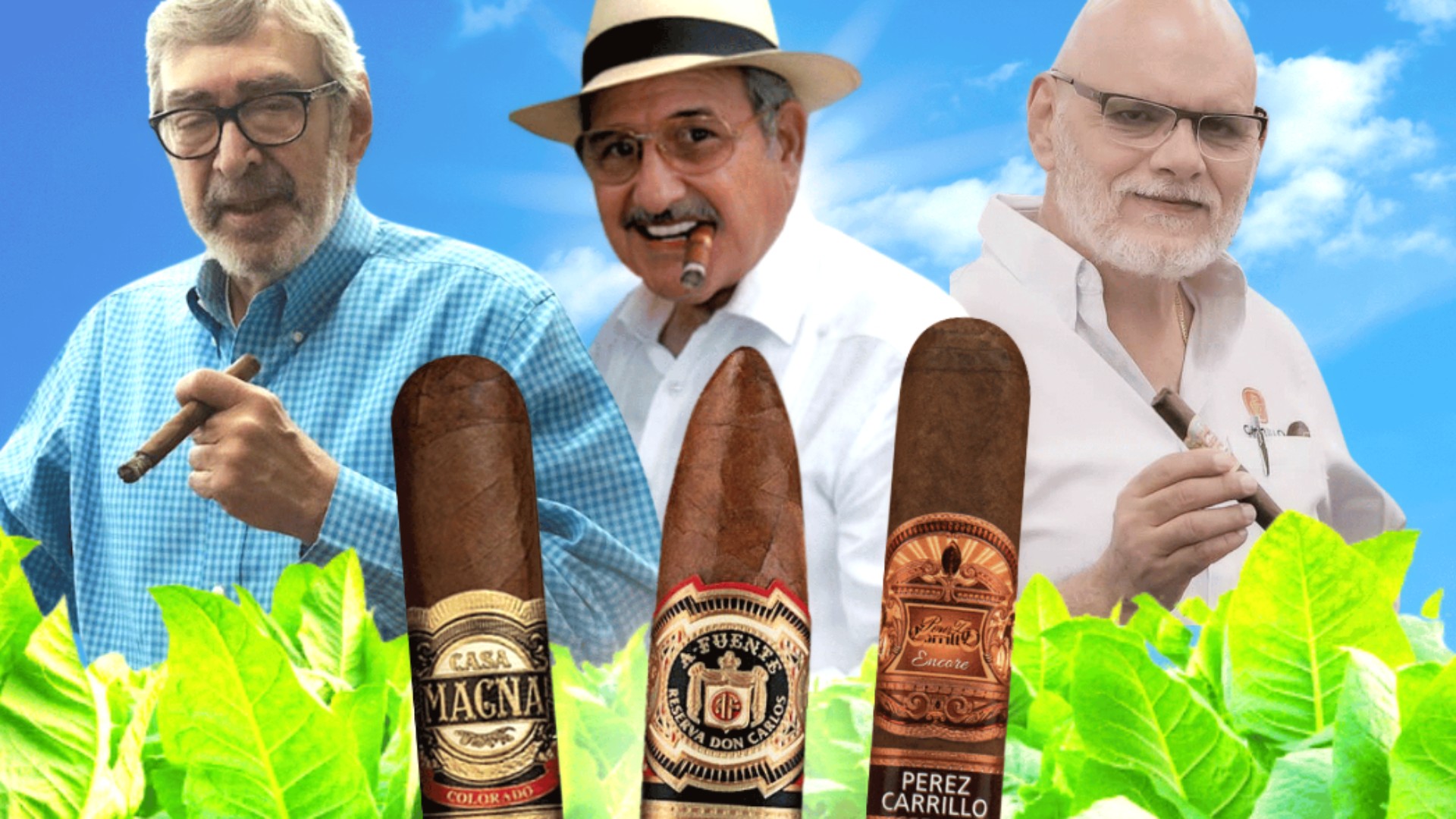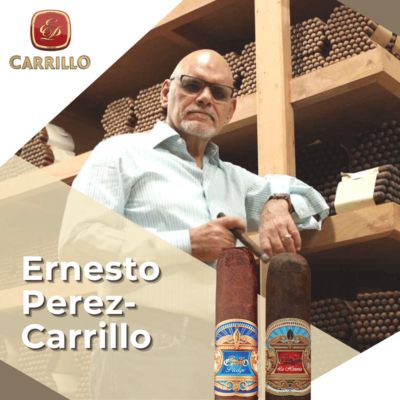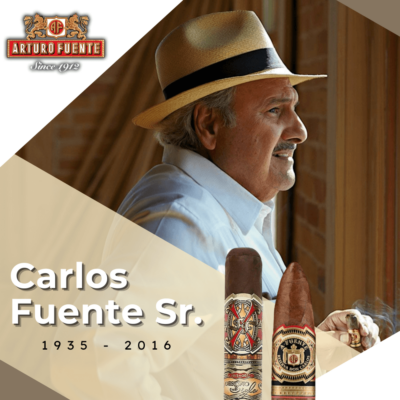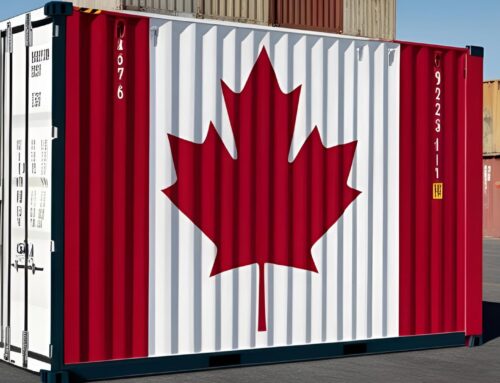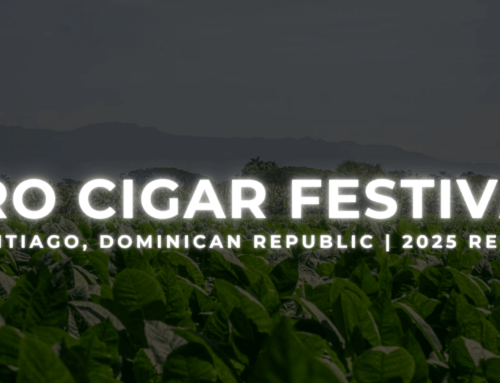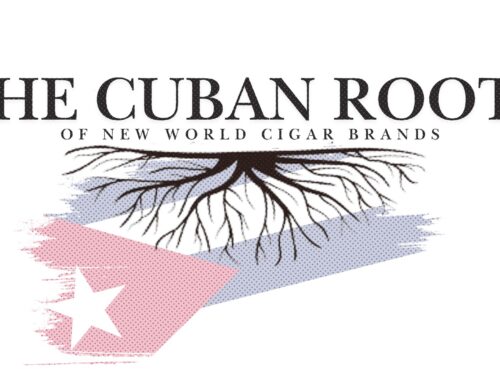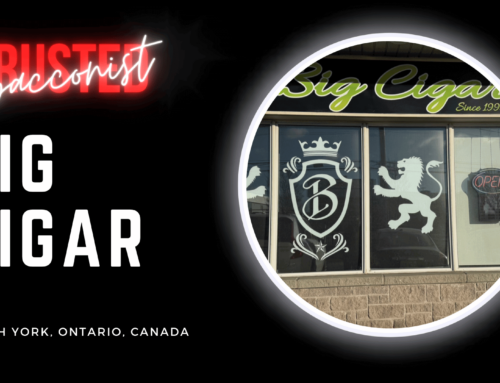Though the following cigar makers are heralded for their cigars, things weren’t always smooth sailing from day one. For these cigar makers there were times of great difficulty, doubt, and dire moments where a life in cigar making may have seemed grim.
Thankfully, all three persevered to weather the storm, and have emerged as cigar makers of great reverence and international acclaim. Of the three, two are still with us today, and one has left behind a legacy of greatness that is being carried on into the following generations.
Here are their success stories, warts and all.
Manuel “Manolo” Quesada
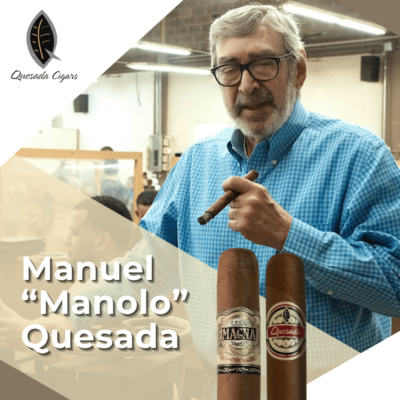
“I could sit here and talk for hours about how many difficulties have arisen to make life very uncomfortable in my 50 years of cigar making” says Manuel “Manolo” Quesada, as he speaks to me over the phone from his apartment in Madrid, Spain.
Having just finished a cigar on his balcony, he quickly informs me that despite the many hardships he’s endured, “at no point did I consider not being a cigar maker anymore”.
In the early 1960s following the Castro takeover in Cuba, a 13-year-old Manuel Quesada and his family were forced to leave behind their tobacco leaf brokerage business and established new brokerage operations in nearby Dominican Republic.
At this juncture, the Quesadas began growing tobacco as well.
After receiving an education on agriculture in the United States, Manolo would serve in the U.S. Army in Vietnam before returning to the Dominican Republic.
In June of 1974, the family decided to task Manolo with starting a premium cigar company entirely on his own in the city of Santiago. “When I was tasked to start a cigar factory, I started with just $100, a table, a chair, a telephone, and 3 cigar makers – that’s it” states Manolo. “I was alone doing everything, from casing and fermenting tobaccos, to accounting and payroll, to teaching the cigar makers and so on. I was basically a one-man operation, and survival took me away from my family for long periods of time”.
Soon there were up to 35 cigar rollers, and the Quesada company (formally called Manufactura de Tabacos, S.A. or MATASA for short) found success in manufacturing a variety of cigars which included Cubita, as well as the non-Cuban version of Fonseca and Romeo e Julieta.
According to Manolo, the cigar boom of the 1990s resulted in “a level of competition that was a hazardous situation at best”. He further states that “the boom created a scarcity for raw tobacco and other materials like cellophane, cigar bands, cigar boxes and other essential things. Prices for raw materials soared, and it made it extremely difficult to maintain the levels of operations and the levels of quality that we came to expect”.
In an effort to maintain the quality standards and international reputation of Dominican cigars on a global scale, Manolo played a key role in founding the Pro Cigar Association in 1992.
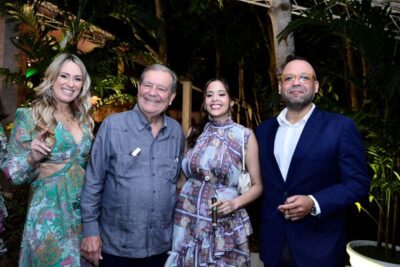
Daughter Raquel Quesada (left) at a Pro cigar event with President Henrik Kelner, Nirka Reyes (Saga Cigars) and Abe Flores (PDR Cigars)
Thankfully, after the cigar bust of late 1990s, MATASA was one of the ones still standing thanks to Manolo’s principles.
Years later in 2002, unimaginable sudden tragedy struck when Manolo’s brother Alvaro, his nephew Alvarito, and factory General Manager Julio Fajardo perished in a plane crash. This left Manolo alone once again to run the company as the family and company grieved the horrific loss.
In 2008, Manolo and Quesada hit paydirt with a #1 Cigar of the Year in the Casa Magna Colorado Robusto, a cigar that was created in association with Nestor Placencia and the Placencia Segovia factory in Nicaragua.
Manolo cites the growing presence of next-generation family members such as his daughters Raquel and Patricia as well as nephews and nieces (he refers these figures as “the young ones”) as being responsible for pushing him to new heights: “They brought on a demand for action that got me into new dimensions of cigar making. We started experimenting more, they carried out the establishment of our box making factory. They helped me achieve levels of quality, enthusiasm and understanding that I wouldn’t have if they hadn’t they joined me in the process of making cigars”.

2008 #1 Cigar of the Year, Casa Magna Colorado Robusto
Though it wasn’t an easy climb to get where he stands today, Manuel “Manolo” Quesada is among the Dominican Republic’s most revered cigar makers and was a Cigar Aficionado Hall of Fame inductee in 2012. This year he will celebrate his 50th milestone with a special Quesada 50th Anniversary release.
Ernesto Perez-Carrillo
Before his international success, Ernesto Perez-Carrillo slugged it out in the cigar industry for decades under a small, struggling Miami-based company called El Credito.
Initially established in Cuba by his father, El Credito sold cheap cigars in the Little Havana neighborhood of Miami. “We’d sell cigars for 20 or 30 cents apiece” he said in an interview with Cigar Aficionado Magazine. “You can’t make money like that. Not in those days. The business was very centralized, so it didn’t look like it was ever going to grow.”
El Credito was not a very profitable operation from the late 1960s all the way up until the early 1990s.
After his father’s passing in 1980, Ernesto took over the company and soon decided to restore the iconic “Gloria” female figure that was depicted on the original Cuban branding of the La Gloria Cubana cigar, a trademark they still held the rights to after Castro’s regime took over.
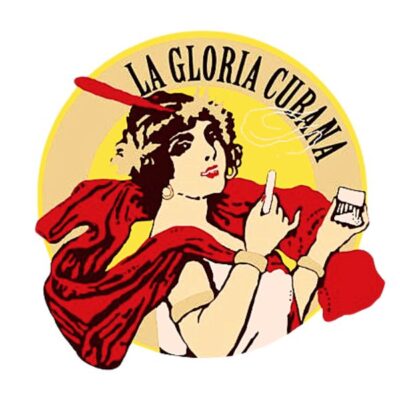
Though he eventually decided to revamp the blend as well, it wasn’t until 1992 that the cigar finally caught media attention by receiving a 90-point Cigar Aficionado magazine rating (the same year the magazine was established).
Suddenly faced with a demand for his cigars that he could not keep up with, Ernesto expanded operations beyond Miami to include the Dominican Republic.
Eventually, he sold all El Credito operations and the La Gloria Cubana name to tobacco giant General Cigar prior to being hired on by General to further develop the brand and to serve as an ambassador.
In due time, Ernesto decided to leave General Cigar and start over by establishing E.P. Carrillo Cigars alongside his son Ernie and daughter Lissette.
E.P. Carrillo proved to be the pinnacle of Ernesto’s career. With EPC, he has achieved two #1 Cigar Aficionado Cigar of the Year accolades within a three-year period (Encore Majestic in 2019 and Pledge Prequel in 2021), and has also been awarded the highest point rating ever from Cigar Aficionado magazine (98 points, EPC Pledge Prequel).

2018 #1 Cigar of the Year, E.P. Carrillo Encore Majestic
Today, his Casa Carrillo Factory (formerly called Tabacalera La Alianza) in the Dominican Republic produces millions of cigars per year and Ernesto is widely regarded as one of the very best cigar blenders in the world – an accomplishment that was certainly not without great trial and tribulation along the way.
E.P. Carrillo is slated to soon release a new cigar that is to be called ‘Endure’ – a fitting reference to the enduring nature of this expert cigar maker who also was a Cigar Aficionado Hall of Fame inductee in 2012.
Carlos Fuente Sr.
Full of highs and lows, the story of Carlos Fuente Sr. is a unique one.
The Arturo Fuente company was established in Tampa, Florida in 1912 by Arturo Fuente, a Cuban immigrant who imported Cuban tobacco to hand roll cigars for sale on a cash-only basis in the Tampa area. In 1924, a fire burned down the Tampa operation, and the ensuing Great Depression followed by WWII, forced A. Fuente operations to be mothballed until 1946.
In 1958, Arturo’s son Carlos purchased the company from his father for a sale of $1.
He quickly decided to expand sales beyond the Tampa area by establishing distribution in Miami. He then secured a larger facility to manufacture and store cigars. Shortly thereafter, a US-imposed trade embargo was put in place with Cuba which forced him to source tobacco from elsewhere once the supply of remaining Cuban bales had become depleted.
In 1974, Carlos moved operations out of the US due to a lack of available rollers and swiftly rising employment costs. After testing out production in Costa Rica and then Mexico, he settled in Esteli, Nicaragua. Unfortunately, in 1979 a Nicaraguan political uprising involving the Sandinista guerillas forced Carlos to have to pay someone off to with a cash-filled envelope to get a plane ticket and escape to the US. “The factory was burned down and everything was lost” said Carlos, “I never went back”.
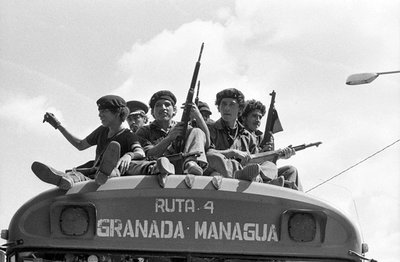
Sandanista Guerillas in Nicaragua in 1979
Not one to sit idle, Carlos quickly decided to re-establish operations in Honduras, but within the same year, that factory was also burned down, this time by accidental fire.
In 1980, Carlos cashed in his retirement plan and mortgaged his Florida home to take one more chance in setting up operations in the Dominican Republic with his son Carlos “Carlito” Fuente Jr. on board as his business partner. This move would ultimately to pay off, as it is in the Dominican Republic where Fuente operations have remained ever since and it is where the brand would finally secure international success and appeal.
Today, the Fuente family refer to themselves as “the reigning family of premium cigars”. Considering their swelling list of accolades, as well as the cigar-buying public’s seemingly insatiable thirst for all things Fuente, this self-proclamation appears to be warranted.
Among their most celebrated releases is the Don Carlos line. It is made by the charismatic present-day Fuente patriarch Carlito, and is expertly crafted to honor his father aka “The Man”, who, through sheer will and dogged determination truly brought universal acclaim to the Arturo Fuente company.

2017 #1 Cigar of the Year, Arturo Fuente Don Carlos “The Man” Eye of the Shark
Carlos Fuente Sr. passed away in August of 2016 at the age of 81. “I never cared about being the largest cigar manufacturer” he once said, “I only cared to be the best”. He was inducted into the Cigar Aficionado Hall of Fame in 1997.
Of the three cigar making families, it can be said that two came close to having a future in the tobacco business halted entirely by the Castro regime (Quesada and Carrillo). Thankfully, their forebears demonstrated enough resilience and resolve to pick up and go elsewhere to start fresh.
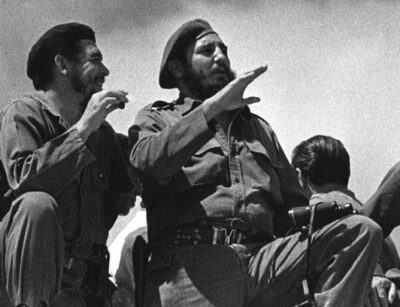
Fidel Castro and Che Guevara
A Cuban immigrant himself, Arturo Fuente left for the USA long before the Cuban embargo on his own accord – which was likley no easy feat either.
The preceding generation’s grit and determination thankfully rubbed off on these three cigar makers, and as a result we are able to smoke and enjoy their glorious creations to this very day.
